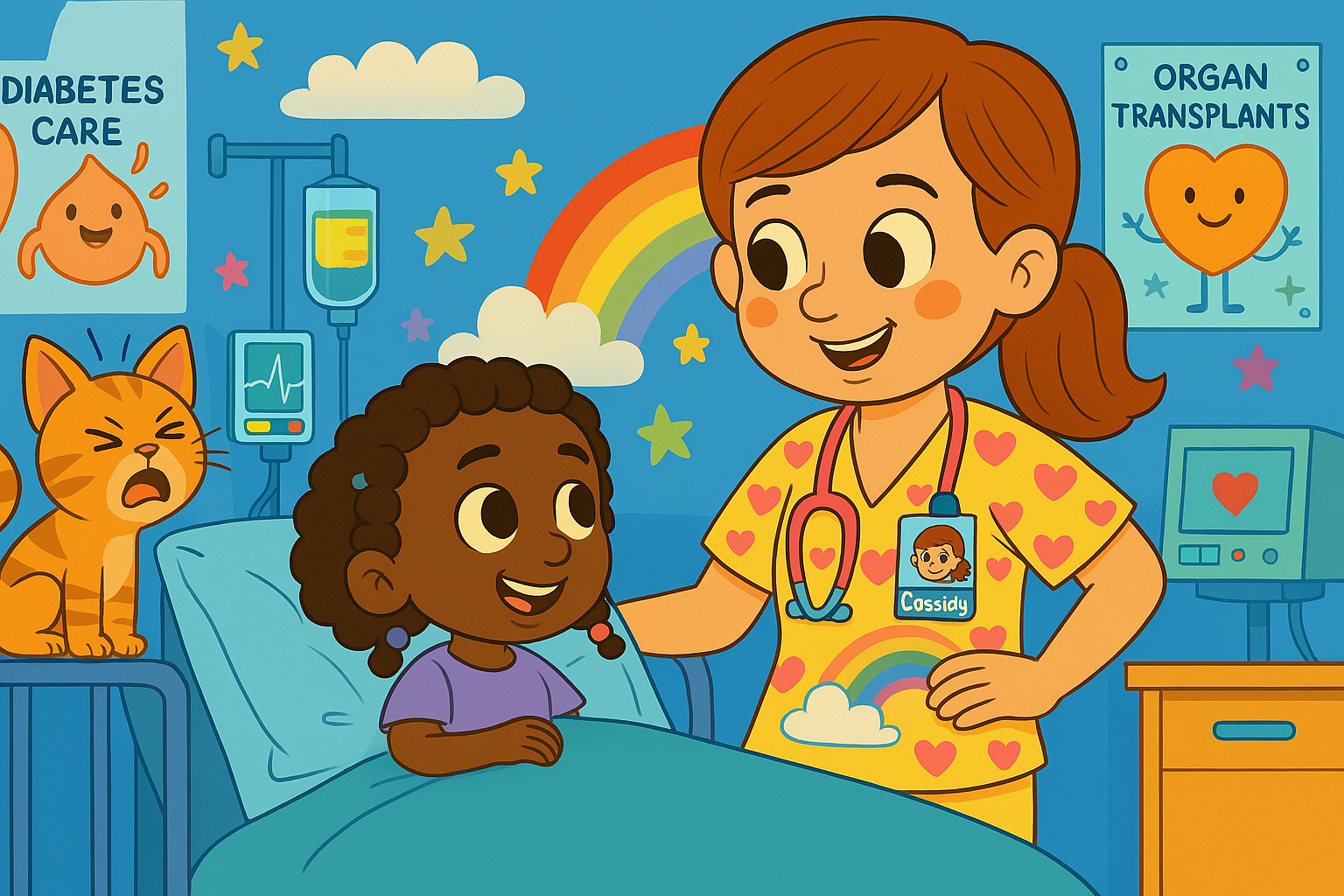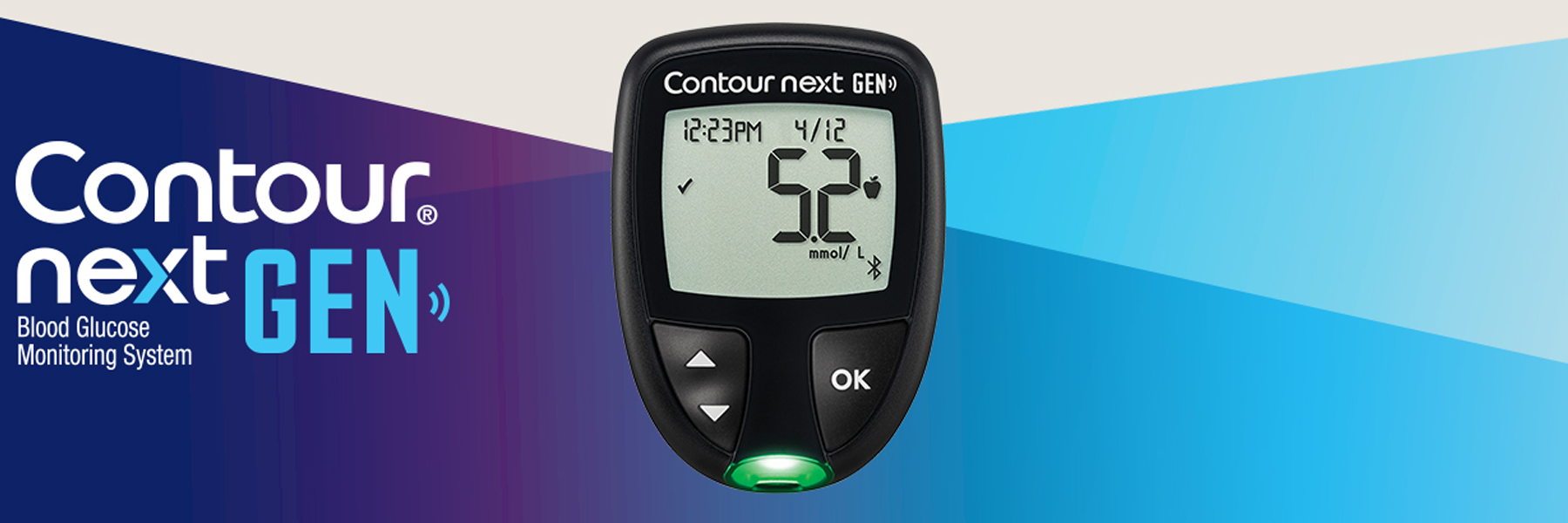#1422 Small Sips: The Difference is Your Fear
You can always listen to the Juicebox Podcast here but the cool kids use: Apple Podcasts/iOS - Spotify - Amazon Music - Google Play/Android - iHeart Radio - Radio Public, Amazon Alexa or wherever they get audio.
If you can keep your BG stable at 200 you can keep it stable at 80.
+ Click for EPISODE TRANSCRIPT
DISCLAIMER: This text is the output of AI based transcribing from an audio recording. Although the transcription is largely accurate, in some cases it is incomplete or inaccurate due to inaudible passages or transcription errors and should not be treated as an authoritative record. Nothing that you read here constitutes advice medical or otherwise. Always consult with a healthcare professional before making changes to a healthcare plan.
Scott Benner 0:00
Hello friends and welcome to the sips series.
These foundational strategies were nominated by listeners. They told me these are the ideas in the podcast that truly make a difference for them. So I distilled them down into short, actionable insights. There's not going to be any fluff or complex jargon, just practical, real world diabetes management that you can start applying today. And I know your time is valuable, so we'll keep these short. Another small sip will come out once a week for the foreseeable future. If you like what you hear, check out the Pro Tip series or the bowl beginning series for more. These series are available in the menu at Juicebox podcast.com and you can find complete lists of all the series in the feature tab on the private Facebook group. Please remember that nothing you hear on the Juicebox Podcast should be considered advice medical or otherwise, always consult a physician before making any changes to your health care plan or becoming bold with insulin. The questions you have, I guarantee you, there's answers to them, and they're in the Juicebox Podcast. You
music.
So it says here that in episode 1050 this was with you as well. 105 all about a 1c with Jenny Smith, CDE, that's you and mastering continuous glucose monitors in the Pro Tip series, and actually comes up in Episode 11, bold, with insulin. I talk about the the idea of like, if you can be steady at 150 you can be steady at 80. Yes, like. So this might sound weird, red back. I'm just gonna start talking about anything in a second. But the difference, I've said this a million times, but it's very worth repeating in this episode, the difference between steady at 150 and steady at 180 The only difference between those lines is your fear. So this came to me through Arden's journey, when I realized, and almost another saying came out of it, like, you get what you expect. Like, I realized that Arden's top line on her CGM was set at 200 that's where her alert went off. And generally speaking, when I went back and looked Arden was never over 200 so one day I was like, this sounds crazy, but what if I just set the line to 180 like, what would happen then? And then I learned, like, Arden's blood sugar didn't go over 180 Now, if you're listening to this and thinking, that's not how it works, Scott, obviously it's not how it works, but it made me react sooner, correct, right? And it taught me that if I Bolus at this point, or if I did this thing, or if the setting was like this, that I got in a 180 blood sugar, because it's not like I just heard the beeping. It was like, Oh, this sucks. I was doing things to stop from getting to that line right. So I kept moving the line down and down and down. And now Arden's high alarm is set it on her phone. It's 130 on my phone, it's 120 and I know people would hear that and think, Oh, if I set my high alarm at 130 my thing would be beeping constantly all the time, but it wouldn't be, because eventually you'd learn how to use the insulin. And so people heard that, and then started saying, like, oh my god, this is great. Like, my blood sugars are 150 all the time. They were super excited, because it was way better than what they were getting, sure. And then I expanded it, and I said, Why don't you shoot for lower? And they'd say, Well, no, because I'm gonna get I'll get low if that happens. But
Jennifer Smith, CDE 3:43
if there's stability in this, probably what you're gonna say, if there's stability already, then just bringing it down slightly isn't gonna introduce lows, right? It's just gonna bring your average
Scott Benner 3:53
down. And so what I ended up saying to that person that day is, the only difference between steady at 150 and steady at 80 is your fear. So if you make the settings changes, and you make the lifestyle choices, meaning like, paying attention at the right times and using your insulin when necessary and etc, you can be steady at 180 8051, 50, like, you know, pick a number. I don't want you steady at 50, but I guarantee you there's a setting we could do that would put your blood sugar stable, you know, like, you know what I mean, like, so let's not aim for that. No, no, no, we're not aiming for that at all. The point is, is that there are settings that create stability. And if you found 150 it could be a little insulin sensitivity turn, it could be a little basal turn. It could be, I don't know, maybe you got to pre bullish your meals five minutes sooner. Like, I don't know, but like, in that, in that stew somewhere, is the answer to stability at the number you choose. That's all, yeah. I'm not trying to tell people that one number is right or wrong for them. I'm saying you could, by understanding how insulin works, choose that number and create stability. That number
Jennifer Smith, CDE 5:00
you could and it takes time to adjust that right. You had a 200 and then you gradually brought that value down, 180 maybe 160 maybe 150 over time you can adjust that finding a comfort level, again, with stability, meaning that you're not having major swings that your standard deviation, your variance is not roller coaster up and down like the Rocky Mountains. Maybe your average looks lower now, but if you don't have stability in that, then you're achieving that average, not the way that we want to
Scott Benner 5:35
that 32nd story I told took a year. You know what I mean? Like, yeah. I mean, I didn't know what I was doing. I was figuring it out. I didn't have a podcast to listen to. I didn't know you. You know what I mean? Like, I didn't live any of that myself. I was just like, what's happening? How do I make it stop? That was pretty much my whole life, for many years. Why is this happening? How can I make it stop? But you know, this idea, it's been born out over and over again in conversations. And, you know, once you I just want to say one more time, like, once you have settings that are creating stability, you can make adjustments to those settings that create that stability where you want it to be correct, and you might turn the wrong dial the first time. I don't know, right, you know, I mean, like, you might be like, I know what the problem is. It's basal. And you might make the basal more aggressive and go, that wasn't the problem. Like, right? Like, maybe it's like, you know, we've talked about in other episodes, but you make a meal Bolus, and you're, you're shooting for that bell curve, but sometimes you kind of rise up to the top of the bell and just never come back down again, right? That could have been your insulin to carb ratio. It could have been your understanding of the impact of that certain food, like, maybe your insulin to carb ratio is awesome, but it doesn't work on
Jennifer Smith, CDE 6:47
this meal, particular component of your food, right, right?
Scott Benner 6:50
What I'm trying to say to people, and I probably should say this more frequently, is that I know this sounds like 1000 different variables, and like you're like, Well, how the hell am I supposed to figure any of this out, but it's just trial and error. It's you're a little bit of your own science experiment that going on and learning slowly, and then you just pop your head up one day. And if it's a year or two, or I know, you guys listen to this podcast, you're like, you know, Jenny's like, great at this, and Scott seems like he understands it, and blah, blah. But, I mean, Arden was diagnosed when she was two. By the time she was four, I was still crying again. That was two years later, and I was like, now we had a meter. We didn't have CGM, but we added in a CGM. We learned how insulin works differently. I'm trying to say that it might have taken me six, eight years to figure this out, but sure, I hear back from enough people, I'm telling you, go listen to the Pro Tip series you might, six months from now, be like, Oh, I figured this out. Stand on the shoulders of other people who went through it already. There's no reason to reinvent the wheel. Like there's no person that needs to do what I did ever again, not
Jennifer Smith, CDE 7:57
with the technology that we have today, thankfully. Yeah, and I would definitely say, if you you said just before, that's all well and good, but like all these variables, and how do I start, and where do I pull the information apart? And for those of you who do have really good clinicians or clinical teams that are willing to sit down with you, really take the time within the data that you're collecting to pull the pieces apart. Please do so, because they're they're very wanting, if you have, again, a team that's willing to take the time use them, because that's a huge value to your being able to not do it all on your own, right? Also.
Scott Benner 8:36
And to give us a plug, by the time I came to you, when I was in like, episode 200 and said, Jenny, I think I have a system. Like, I know if I do these things that Arden say once he just ends up at six, Jenny was so kind and came on. That's how she's here today, like, and we made that Pro Tip series together. And what it ends up being is this blend of, we don't probably talk about this enough, but it's this blend of me, like, bootstrapping those ideas, and then you coming in and being like, Oh yeah, Scott, well, the thing you figured out is called this, and already had a name buddy. We could have told you about it, but there's something about and I hear from people all the time, Jenny, there's something about your experience and my experience blended together that allows people to listen and just go, Oh, I understand what they're saying now, because there are plenty of people who go to a great clinician and walk out and they're like, I don't know what the hell is happening. I don't
Jennifer Smith, CDE 9:27
understand anything more. I think it's the reason that when I have the opportunity that I'm so thankful for to work with the people I can, it really is a blending of it's a conversational education, right? And I think that's why, when we put these episodes together, especially the pro tips, right? It's that you can bring in experience. I can bring in experience along with a simpler educational explanation that makes it understandable again, in a clinical. Setting a lot of times the time factor is, is the hard piece. There's so much that has to go into it and it, it makes it difficult to completely give everything that I think most clinicians really want to be able to do. But no, I'm, I'm glad to be able to to put it together in an understandable way with you.
Scott Benner 10:19
I appreciate it very much. I'll talk to you later. Okay, bye.
If you're looking for community around type one diabetes, check out the Juicebox Podcast. Private, Facebook group, Juicebox Podcast, type one diabetes, but everybody is welcome type one, type two, gestational loved ones. It doesn't matter to me, if you're impacted by diabetes and you're looking for support, comfort or community, check out Juicebox Podcast type one diabetes on Facebook, if you or a loved one was just diagnosed with type one diabetes, and you're looking for some fresh perspective. The bowl beginning series from the Juicebox Podcast is a terrific place to start. That series is with myself and Jenny Smith. Jenny is a CD CES, a registered dietitian and a type one for over 35 years, and in the bowl beginning series, Jenny and I are going to answer the questions that most people have after a type one diabetes diagnosis. The series begins at episode 698, in your podcast player. Or you can go to Juicebox podcast.com and click on bold beginnings in the menu. Are you starting to see patterns, but you can't quite make sense of them. You're like, Oh, if I bowl this here, this happens, but I don't know what to do. Should I put in a little less, a little more? If you're starting to have those thoughts, you're starting to think this isn't going the way the doctor said it would. I think I see something here, but I can't be sure. Once you're having those thoughts, you're ready for the diabetes Pro Tip series from the Juicebox Podcast. It begins at Episode 1000 you can also find it at Juicebox podcast.com up in the menu, and you can find a list in the private Facebook group. Just check right under the featured tab at the top, it'll show you lists of a ton of stuff, including the Pro Tip series, which runs from episode 1000 to 1025 I can't thank you enough for listening. Please make sure you're subscribed or following in your audio app. I'll be back tomorrow with another episode of The Juicebox Podcast, the episode you just heard was professionally edited by wrong way recording, wrongway recording.com.
Please support the sponsors
The Juicebox Podcast is a free show, but if you'd like to support the podcast directly, you can make a gift here. Recent donations were used to pay for podcast hosting fees. Thank you to all who have sent 5, 10 and 20 dollars!

































